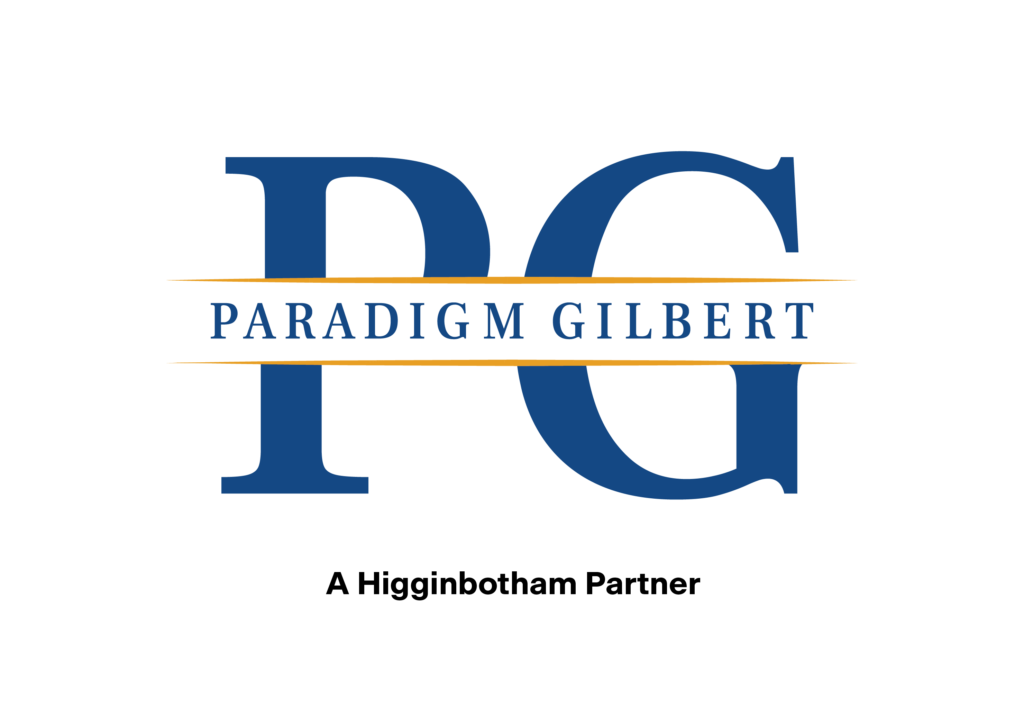Term Life Insurance
Term Life Insurance provides coverage for a set number of years - such as 10, 20 or 30 - and can pay a predetermined death benefit. It typically costs less than permanent coverage but does not build cash value.

Length of Coverage
Specific periods of time: 10, 20 or even 30 years of coverage.
Premiums
Premiums may be level for a certain period of time only based on the individual’s life expectancy and the length of coverage. After the initial period, premiums will gradually increase.
Premiums may also be graduated to increase as the cost of insurance rates increase.
Premiums will be required at regular intervals during the entire time the life insurance policy is active to keep it in force.
Cash Value
No cash value component, no policy loans or policy withdrawals are available to a policy owner.
Advantages
It is (initially) inexpensive.
Tax-free death benefit.
Helps provide for a family’s loss of income and covers short-term debts and needs.
Disadvantages
It is often outlived, and the premiums eventually become prohibitive since they increase with age.
Loans and withdrawals reduce the policy’s cash value and death benefit and increase the chance that the policy may lapse. If the policy lapses, is surrendered or becomes a modified endowment contract, the loan balance at such time would generally be viewed as distributed and taxable under the general rules for distributions of policy cash values. Pre-age 59 ½ penalty tax provisions apply to contracts classified as modified endowment contracts (MECs). Withdrawals from MECs prior to age 59 ½ may be subject to a 10 percent federal income tax penalty.


